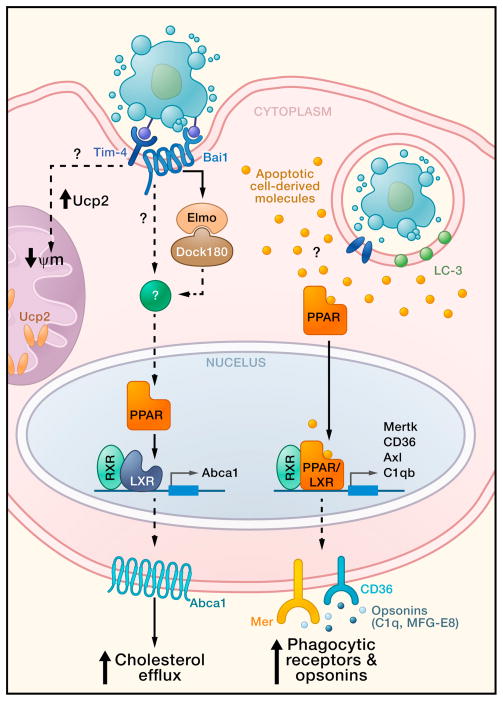Figure 1. Metabolic factors and signaling pathways within the phagocyte involved in apoptotic cell clearance.
Engulfment of apoptotic cells activates several pathways that may affect phagocyte metabolism and promote continued corpse uptake. First, apoptotic cell engulfment leads to phagocyte PPAR and LXR activation, with their ligands possibly derived from ingested cargo. PPARs and LXR subsequently increase transcription of phagocytic receptors (e.g. Mer and CD36) and opsonins, (e.g. C1qb and MFG-E8) (Gonzalez et al., 2009, Mukundan et al., 2009). In a second pathway, tickling of engulfment receptors by phosphatidylserine exposed on the apoptotic cell leads to increased Abca1 expression and cholesterol efflux, via PPAR and LXR activity. Lastly, phagocytes increase Ucp2 expression in the mitochondria following engulfment of apoptotic cells, leading to decreased mitochondrial membrane potential; the decrease in mitochondrial membrane potential in turn helps to promote continued apoptotic cell uptake. Phagocytic receptor Tim-4 may participate in crosstalk with the mitochondrial uncoupling proteins. Phagosome containing apoptotic cell may also be decorated with the LC-3, a marker of macroautophagy that has been shown to facilitate phagosome maturation and degradation.

